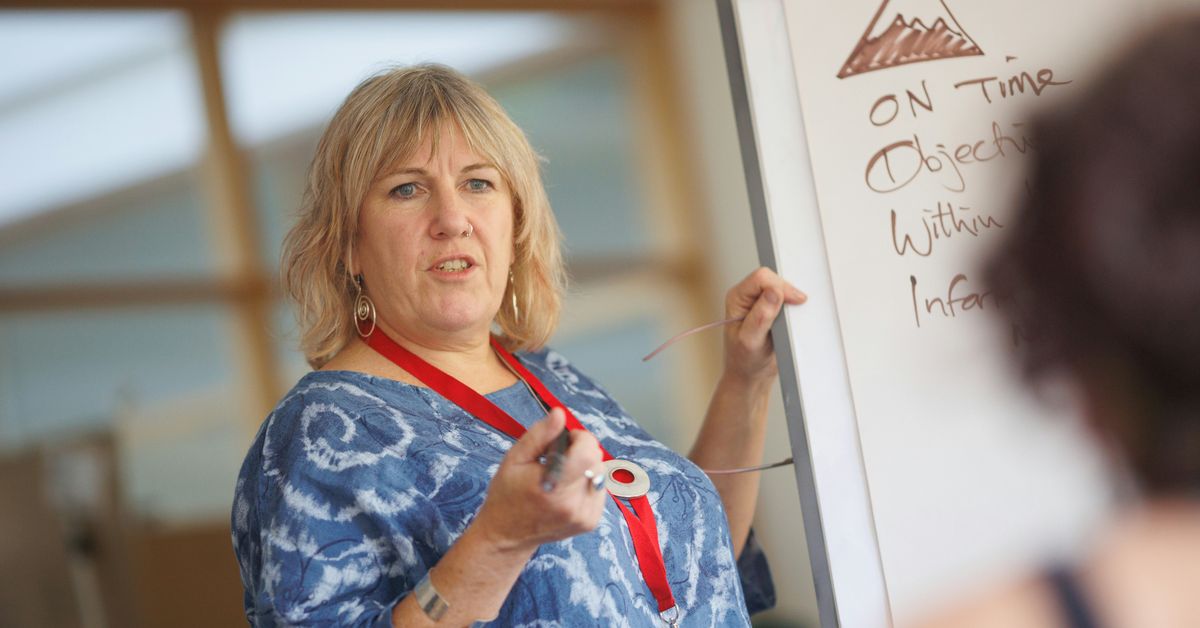
Community Impact of Youth Sports Programs
Youth sports programs play a crucial role in the development of communities, offering far-reaching benefits beyond the playing field. These programs not only promote physical activity but also foster social skills, academic success, and community cohesion.
Physical Health and Well-being
Engaging in sports from a young age encourages children to lead active lifestyles, combating childhood obesity and related health issues. According to the Centers for Disease Control and Prevention (CDC), regular physical activity in childhood and adolescence improves cardiovascular health and builds strong bones and muscles.
- Example: The Chicago Run program provides free physical activity programs to Chicago’s youth, significantly reducing obesity rates and promoting healthier lifestyles.
Social and Emotional Development
Participation in team sports teaches children essential social skills such as teamwork, leadership, and communication. It also enhances their ability to manage emotions, cope with stress, and develop resilience in the face of challenges.
- Case Study: The Positive Coaching Alliance (PCA) emphasizes building character through sports, helping young athletes develop into responsible and empathetic individuals.
Academic Performance
Research consistently shows a positive correlation between sports participation and academic achievement. According to a study published in the Journal of Pediatrics, student-athletes tend to have higher grade point averages and lower dropout rates compared to their peers.
- Quote: “Sports teach you character, it teaches you to play by the rules, it teaches you to know what it feels like to win and loseit teaches you about life.” Billie Jean King
Community Engagement and Support
Youth sports programs bring together families, schools, and local organizations, creating a sense of unity and pride within communities. They provide opportunities for parents and volunteers to get involved, fostering a supportive network for young athletes.
- Example: AYSO (American Youth Soccer Organization) relies on thousands of volunteers nationwide to organize leagues and tournaments, promoting community involvement and grassroots support.
Economic Benefits
Investing in youth sports programs can yield economic advantages for communities. Hosting tournaments and events attracts visitors, stimulates local businesses, and boosts tourism revenue. Furthermore, it reduces healthcare costs associated with sedentary lifestyles.
- Case Study: The Little League World Series held annually in Williamsport, Pennsylvania, generates millions in economic impact, benefiting hotels, restaurants, and retail establishments.
Conclusion
Youth sports programs are pivotal in shaping the next generation of healthy, well-rounded individuals. Beyond the physical benefits, these programs instill valuable life skills, strengthen community bonds, and contribute to economic growth. Investing in youth sports is not just an investment in athletic development but also in the overall well-being and prosperity of communities.
By supporting and expanding access to youth sports, communities can ensure that every child has the opportunity to thrive, both on and off the field.



